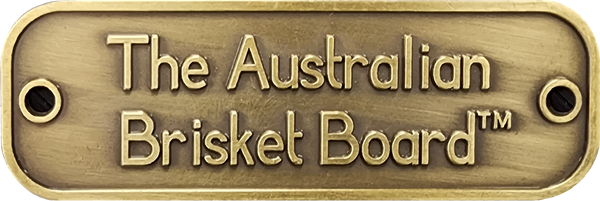Blog
From Waste to Beauty: Australian Brisket Board™ Creates Brisket Boards from Reclaimed Wood
It all begins with SUSTAINABILITY.
When it comes to sustainability and eco-friendliness, many companies are taking innovative steps to reduce their carbon footprint and minimise waste. One such company in Brisbane, Australia, is taking a unique approach to recycling by reclaiming old wood and turning it into beautiful brisket boards.
Australian Brisket Board™ has a simple yet effective business model. They source old Australian hardwood from various locations around Brisbane, including old buildings, bridges, and warehouses that are being demolished or renovated. This wood is carefully deconstructed and sorted to remove any nails, screws or other hardware that may have been used to hold it together.
The reclaimed hardwood is then milled, sanded, and polished to create the perfect surface for cutting meats, vegetables, fruits, and other food items. Each board is unique, with its own character, colour, and texture, depending on the type of wood used and its age.
Australian Brisket Board™ is proud to promote sustainability and reduce waste while providing customers with a high-quality product that they can use for years to come. By using old hardwood that would otherwise be discarded, they are reducing the demand for new wood and preventing it from ending up in landfill.
Customers who purchase an Australian Brisket Board™ are not only getting a unique and high-quality product but also giving a new life to old timber that will be enjoyed for generations to come.
The different types of wood grain orientation.
Cutting boards traditionally come in three styles - Face Grain, Edge Grain, and End Grain.
If you think of wood fibres like bristles on a brush, on face or edge grain the brush is lying left to right and the knife cuts them in half, whereas with end grain you're cutting in between the fibres so there's less damage to the timber and less wear on the blade.
End grain boards are the preferred type by chef's and purists alike as the end of the wood grain is best suited to protect the edge of fine knife blades and ensures longevity of the board and timber itself.
The process in making these however is labour intensive and requires 50-75% more materials and labour than the other styles, often resulting in much higher prices.
